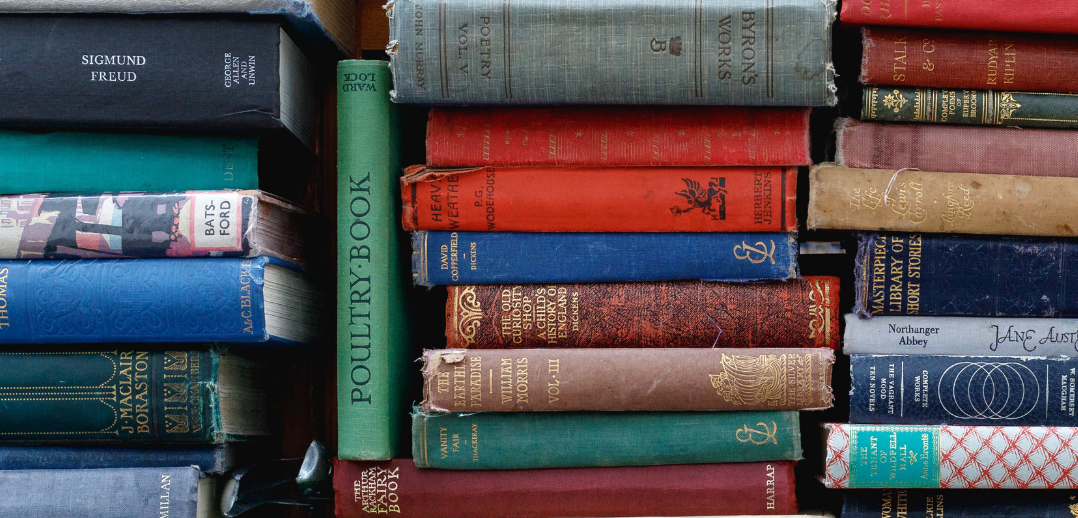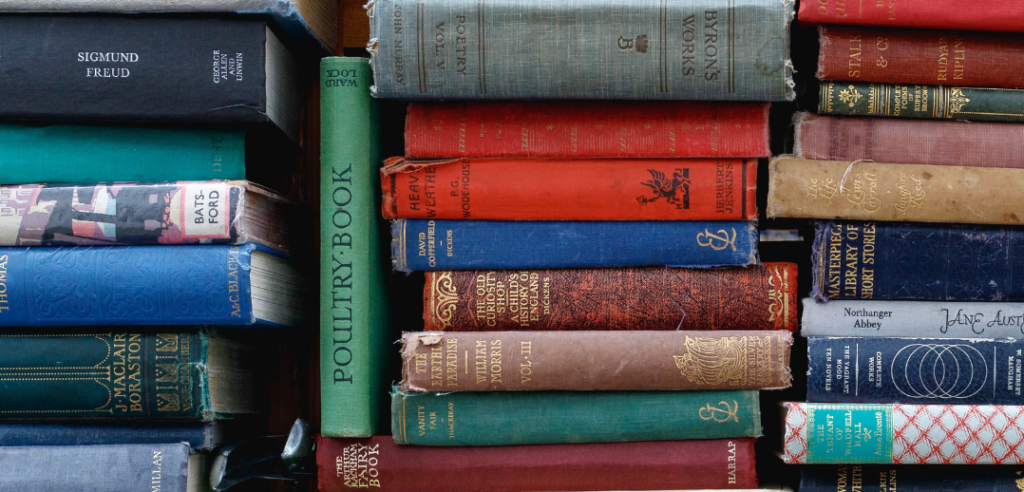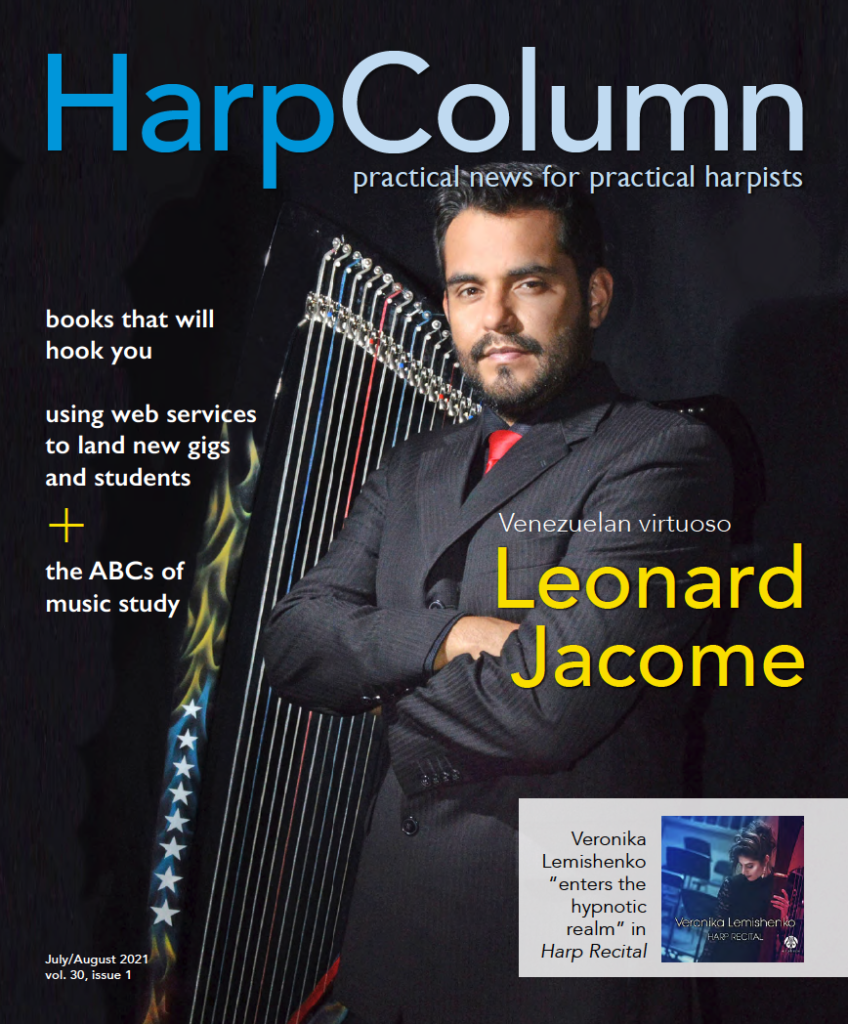Editor’s note
Get Booked is a four-part series where author Heather Cornelius explores music-related books. The first installment recommends books about musicians and culture. Next up in the series: harp legacies.
What does it take to become a better musician? Musicianship is complex and multi-faceted. The best musicians play with passion, inspiration, and a sense of discovery. Where does this come from? Practicing, performing, and taking lessons are essential, but these are not the only ways to enhance musicianship.
For me, one of the most powerful ways to find new perspectives and add variety to my musical thinking is reading good books. Reading isn’t just a way to pass the time—it engages a different part of the mind and opens new possibilities for experiencing music. Some books, like memoirs, are inspiring; others are resources for learning and refining skills. Still other books give context to the work in the practice room by painting history, culture, and the broader musical world.
In the upcoming issues of Harp Column, I’ll share some recommended reads that have inspired me, and I hope will inspire you too. Recently, I’ve enjoyed some books about musicians and culture that have introduced me to other instruments and parts of the world.
Joys and Sorrows by Pablo Casals
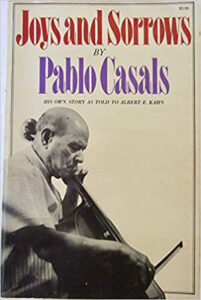
Joys and Sorrows: Reflections by Pablo Casals is the touching and remarkable story of Casals’ life as a cellist, conductor, teacher, and anti-fascist activist. In nearly 97 years of life, he saw much poverty and fear during the Spanish Civil War and both World Wars, but he continued to seek beauty in music and to donate the proceeds from many concerts to aid refugees. Arranger, composer, and teacher Linda Wood Rollo says that Casals’ words “had a great impact” on her; his story shows how meaningful a musician’s life can be.
Reading isn’t just a way to pass the time—it engages a different part of the mind and opens new possibilities for experiencing music.
I found this memoir very thought-provoking. At times, Casals’ recollections of his childhood hunger and of wartime refugees brought tears to my eyes. But the book holds a strong message of hope: as musicians and artists, we bear a responsibility to encourage peace and unity. I was inspired by Casals’ work with the United Nations, with world governments, and with orchestras comprising musicians from the working class. He offers many other examples of making a difference in society and the next generation. If you’re looking for an inspiring memoir, Joys and Sorrows is an unforgettable read.
Indivisible by Four by Arnold Steinhardt

Arnold Steinhardt, the first violinist of the Guarneri Quartet, weaves an irresistible tale in Indivisible by Four: A String Quartet in Pursuit of Harmony. Kathy Kienzle, teacher and former principal harpist of the Minnesota Orchestra, said her husband loved it. I couldn’t put the book down; it was a captivating glimpse of one chamber ensemble’s career. Steinhardt shows the amazing degree of variation within one quartet’s interpretation: ideas brought up in rehearsal, tested in performance, and refined over years of touring. Musical interpretation, like a good wine, matures with age; yet the tasting notes of a younger wine are not inferior, just different.
Part of this variety comes from the strong and unapologetic personalities of each member of the quartet, and their willingness to create an atmosphere of mutual respect and appreciation. Paradoxically, the more different the individuals, the better they work together. I was interested by the Guarneri Quartet’s relationships and how they could work so closely together for thirty-plus years without getting frustrated with each other.
I was fascinated also by Steinhardt’s honest appraisal of what a soloist or orchestral player must give up to become a chamber musician. But the rewards seem worth it. Steinhardt makes the case that chamber musicians have an even richer musical artistry because of their collaboration with other musicians that they trust.
The Greater Journey: Americans in Paris by David McCullough
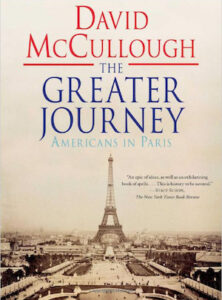
Historian David McCullough has a way of bringing immediacy to the past, through letters and diary entries skillfully woven into his narrative. The Greater Journey: Americans in Paris tells the stories of Americans who sought to perfect their various skills in art, music, medicine, science, and politics in nineteenth-century Paris, the capital of cultural influence and scientific knowledge. Teacher and current American Harp Society president Lynne Aspnes adds, “Absolutely mesmerizing history, and for musicians, a way to contextualize our art within the broader world culture.”
The Piano Shop on the Left Bank by Thad Carhart
The Piano Shop on the Left Bank: Discovering a Forgotten Passion in a Paris Atelier by Thad Carhart is “absolutely heartwarming,” says Jaymee Haefner, Renié biographer and harp professor at the University of North Texas. “Set in Paris, it truly transports the reader into a world that’s hidden in plain sight—the intersection of performers, craftspeople and shop owners describes what exists beneath the surface in our own world of the harp.”
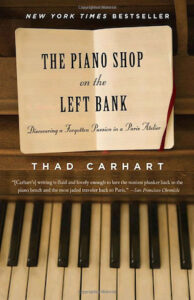
Carhart’s writing is both down-to-earth and nostalgic. I loved reading about France’s different pace of life and different ways of thinking about what is valuable in music. For example, simplicity, elegance, and pure tone are prized more than showy technique. This was a useful reminder to me that playing loud and fast is not always best, and showy playing is only one of many musical styles that have evolved over the centuries. I was also fascinated by the complexity of pianos, their role in culture, and the history of their performers.
Carhart’s recollections of his own love/hate relationship with music are challenging and thought-provoking. He ponders how a child sees music as joy or torture based on their teacher’s style and their parents’ expectations. He also includes two valuable accounts of masterclasses with Peter Feuchtwanger, who specialized in playing naturally and effortlessly, and György Sebők, whose way of teaching and shaping music gave each student freedom to express their character.
Practicing: A Musician’s Return to Music by Glenn Kurtz
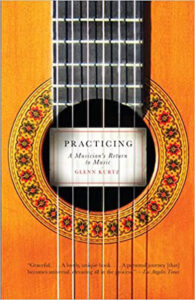
In his memoir Practicing: A Musician’s Return to Music, guitarist Glenn Kurtz gets inside the mysterious clash of fulfillment and frustration in the practice room. He tells how he returned to music many years after giving up his dreams of a professional music career. As he relates the isolations, joys, and demands of a musician’s life, he searches out perceptive answers to that perennial human question—What am I here for? Along the way, he reveals bits of guitar history, insightful musings on the purpose of technique, and an inside look at his own practice routine.
I appreciate how Kurtz emphasizes the joy music brings to both audience and performer on the day of a concert, without neglecting the daily tension of knowing the beautiful sound you want to hear and being unable to achieve it. Haefner agrees: “I truly enjoyed this book because it’s a completely human (i.e., imperfect) story of nearly every musician’s relationship with practice time.” If you’ve ever hit a practice plateau you didn’t know how to overcome, this book is uplifting and essential.
I’ve absolutely loved reading these books. Until recently, I haven’t made time in my schedule to read about music and culture, but I’ve come to realize that reading deserves to be a priority in my life. I’ve become more thoughtful in practicing by reading different musical ideas. I’m listening more intently to my sound, and I have a clearer idea of what I’m working towards. Instead of getting frustrated when I don’t make instant progress, I remember the long journey of other musicians I’ve read about. And I have a deeper desire to make a difference with my art. •





